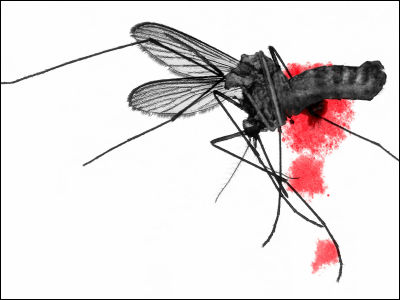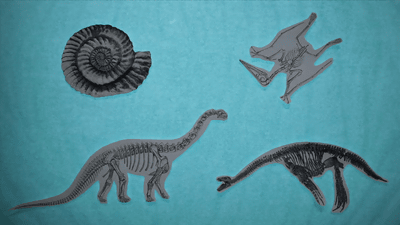Why does environmental destruction create a pandemic?

The epidemic of new coronavirus infections is spreading all over the world, and research on 'pandemics' is being actively conducted. American news media Vox explains in a movie about the mechanism that causes 'infection from animals to humans' that triggers this pandemic.
All kinds of bacteria and viruses live in our bodies, some of which cause disease.

The situation is similar in the animal body.
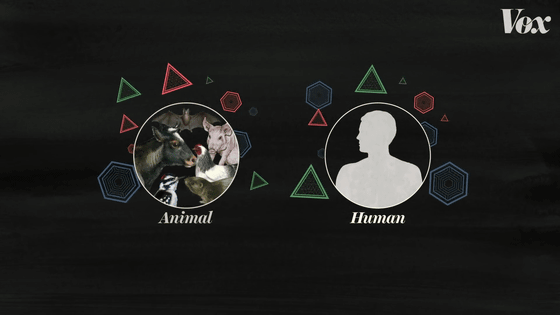
Immunity can be abused when a pathogen passes from an animal with a completely different species.

Diseases caused by pathogens transmitted from animals to humans are called '
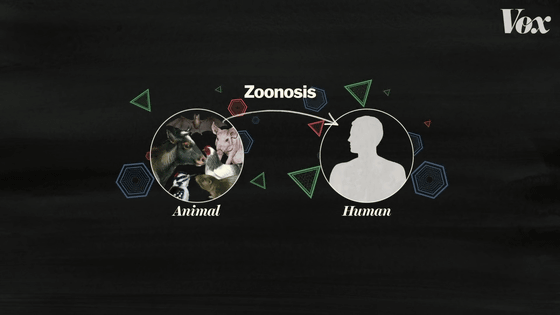
It is said that the new coronavirus infection is also a zoonotic disease.

The reason why new coronavirus infections are suspected to be zoonotic diseases is that most of the viruses that cause

What is causing the increase in outbreaks?

According to Sonia Shah, who is known for his work '

One of them is 'land use'. Since 1700, the area of land used by humankind has been increasing year by year, and especially since 1900, the area of use has expanded explosively.
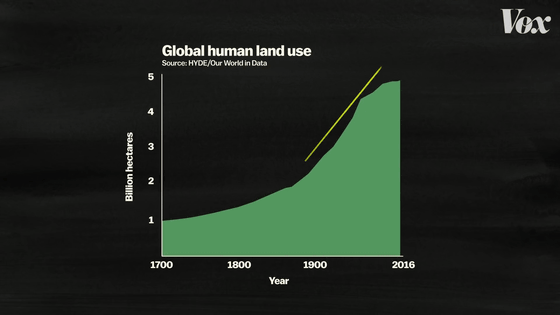
We expanded the city even to the desert where nothing existed...

Felling the forest...
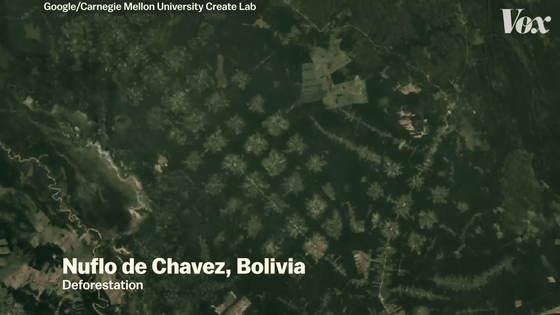
We are rebuilding the land itself for agriculture.
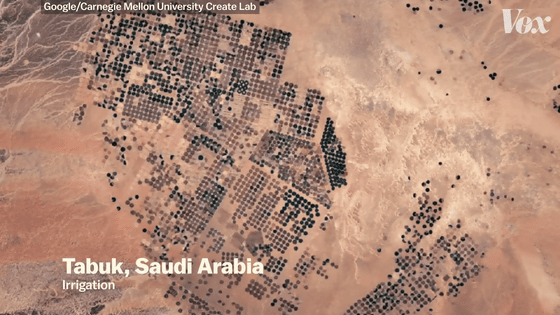
Occasionally, deforestation will occur as a result of the war. Due to the

Refugees felled forests to build homes and used them for charcoal and agriculture.
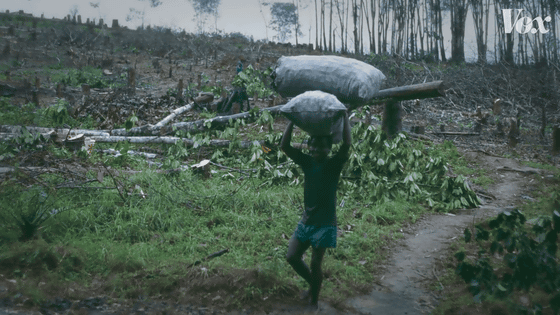
The fact that the forest has been cut down can be confirmed by satellite images. This area was completely green in 1973, but...
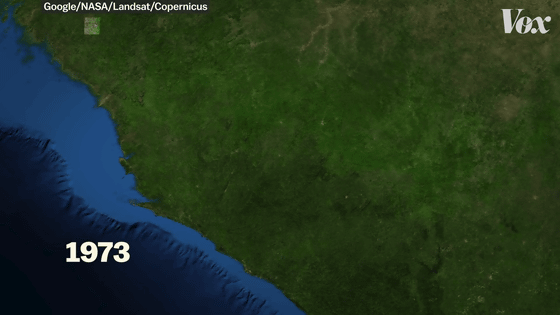
In 1999, the photo looks a little brownish. This is because the forest has been cut down.

In the area was
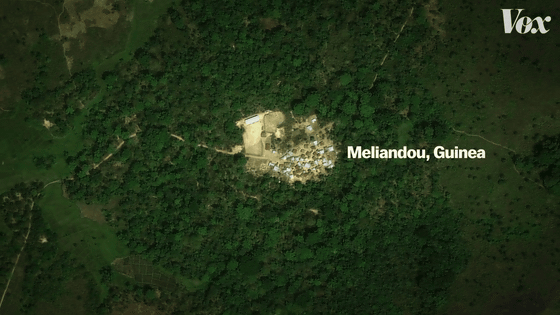
Meliandou village is also a village created by cutting open forests. The problem was that this area was a habitat for wild bats.
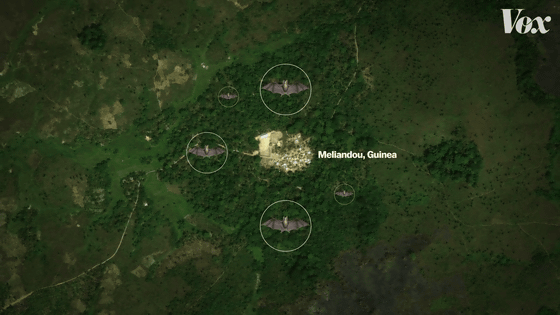
One of the first victims of Ebola is a boy named Emile. Emile died after contacting the body fluids of a bat that had the Ebola virus.

Ebola is said to have spread rapidly from the Emil family to Meliandou village and spread to neighboring villages.
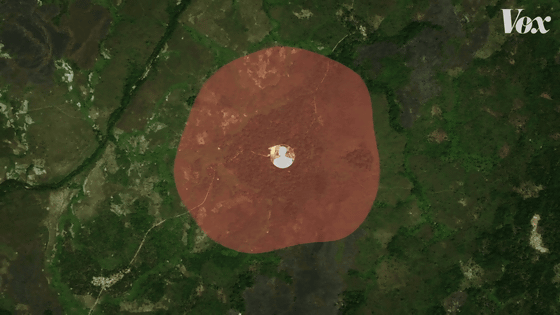
When humans invade the habitat of wild animals in this way, the probability of infection from wild animals increases and the probability of outbreaks increases.

However, in most cases, wildlife cannot survive if humans have invaded the habitat. In 49% of endangered birds, 45% of mammals and 48% of reptiles and amphibians, habitat loss is the cause of population decline.
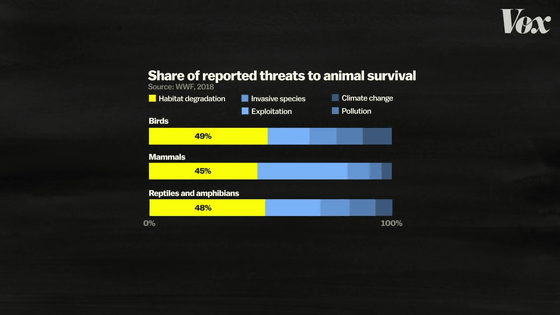
When such human invasion extinguishes wildlife and diminishes species diversity, indirect zoonosis can also occur.

In West Nile fever, for example, the disease spreads to humans from migratory birds that migrate from Africa to northern America in the summer, via mosquitoes that suck the migratory blood.
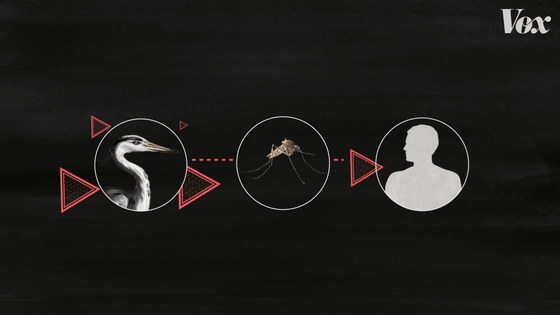
West Nile fever first became prevalent in the United States in 1999, and before 1999 West Nile fever had not spread in the United States.
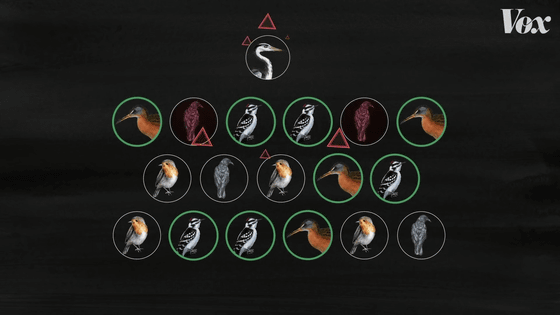
The reason why West Nile fever did not spread in the United States is thought to be due to 'the existence of various species of birds.' If bird species are diverse, even if a particular species spreads West Nile fever, the presence of species that are not infected by West Nile fever prevents West Nile from spreading throughout the bird.
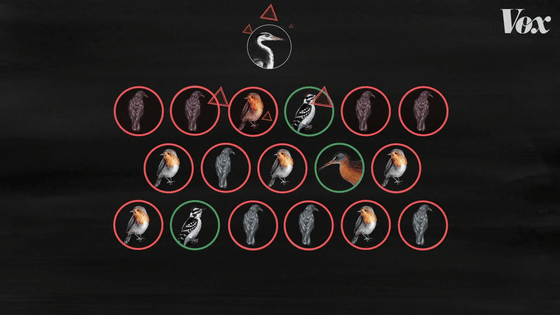
However, bird diversity has declined in the United States in recent years, and
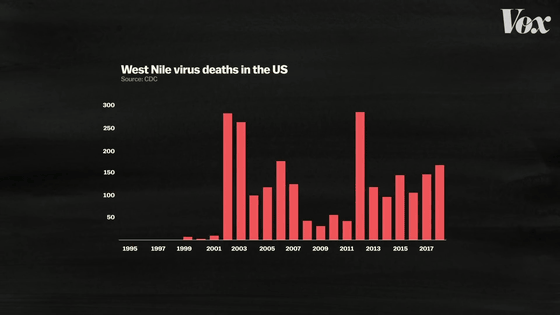
Prior to 1999, there were no West Nile deaths in the United States. However, since the first death in Japan in 1999, there has been a death every year, and in 2002 the number of deaths reached nearly 300.

Regions where humans and wildlife coexist are in a situation that could create the next generation of pandemics. What you can do to prevent pandemics in these areas is to monitor them carefully.
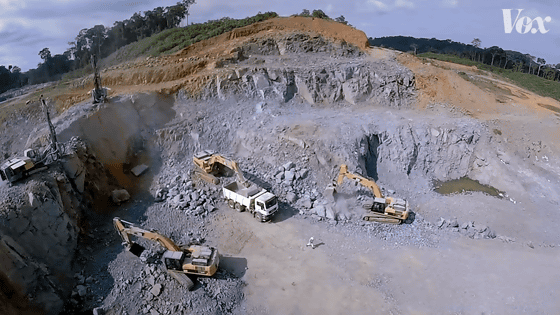
At the same time, however, efforts to prevent future pandemics are a catalyst for rethinking the coexistence of humans and nature. As humans expand their sphere of life, wildlife loses its lives.
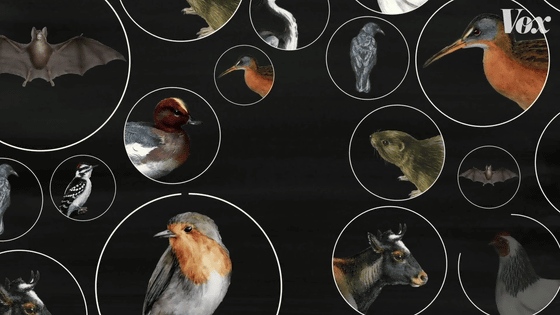
And that will also be reflected in the lives of humankind.
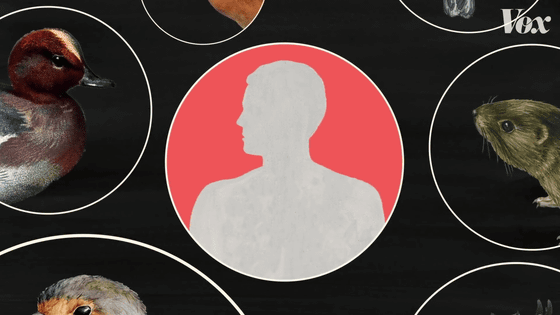
Related Posts:




